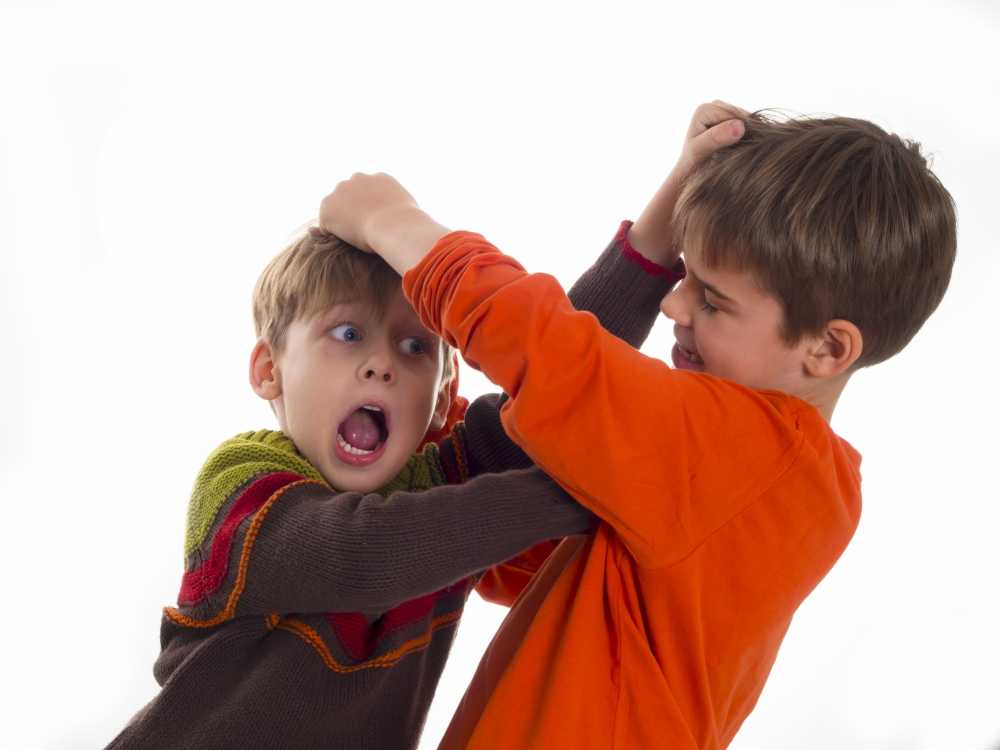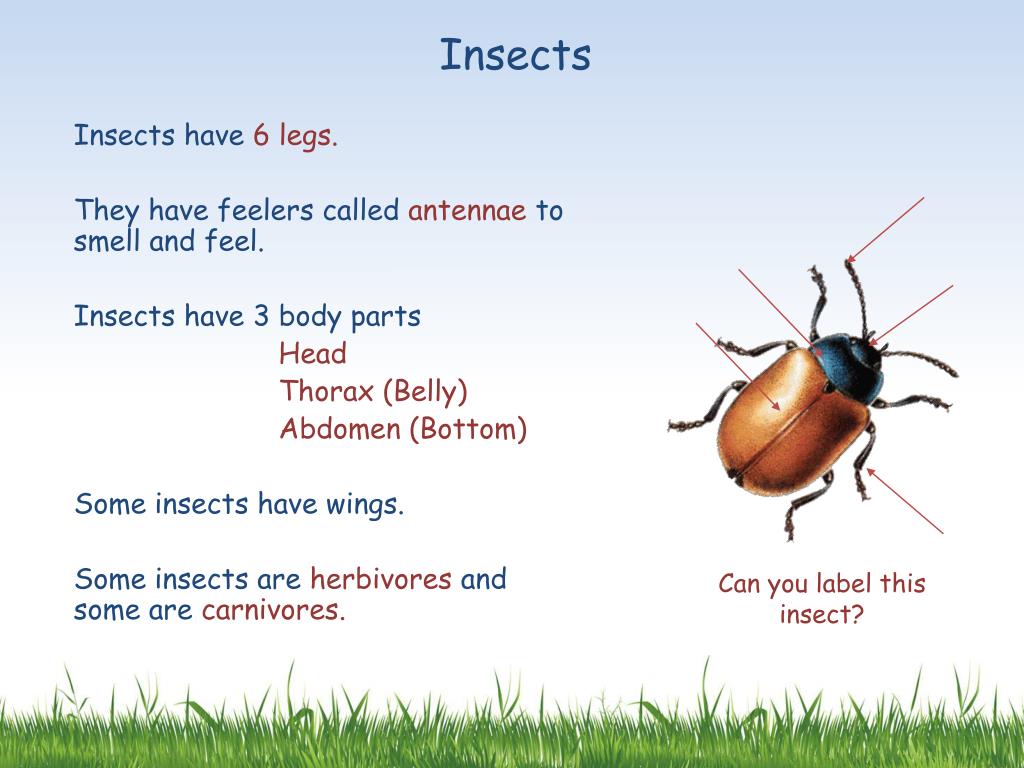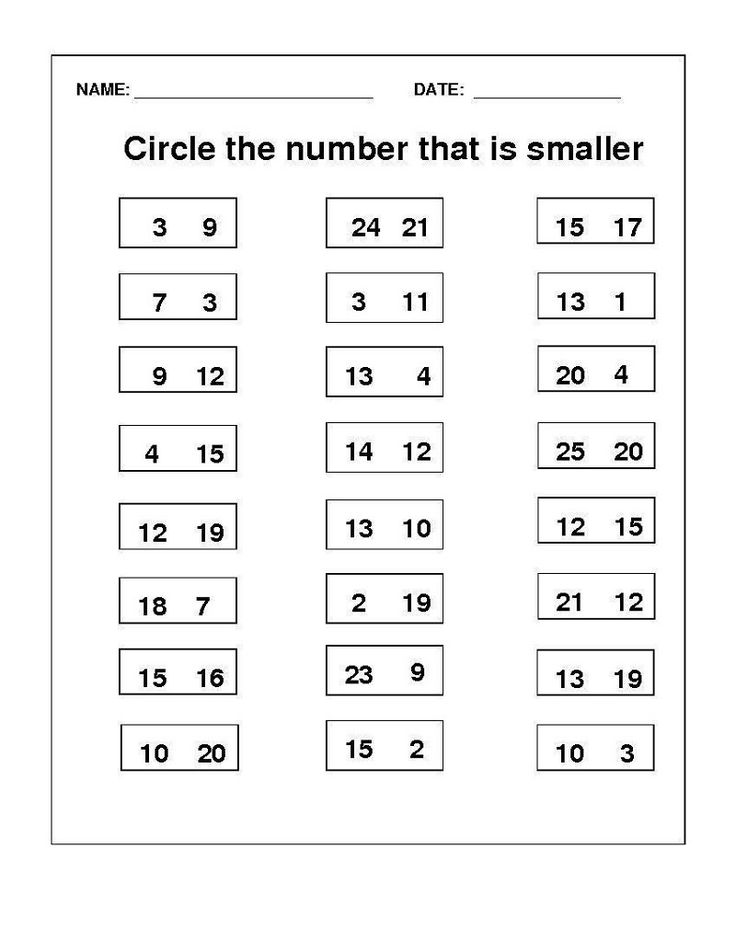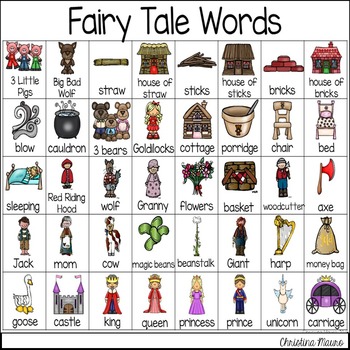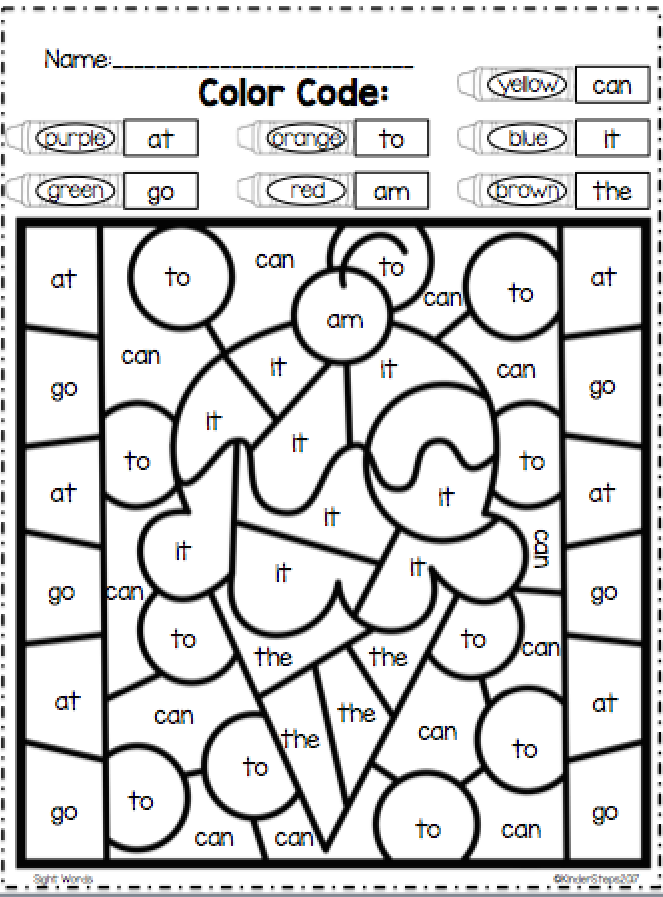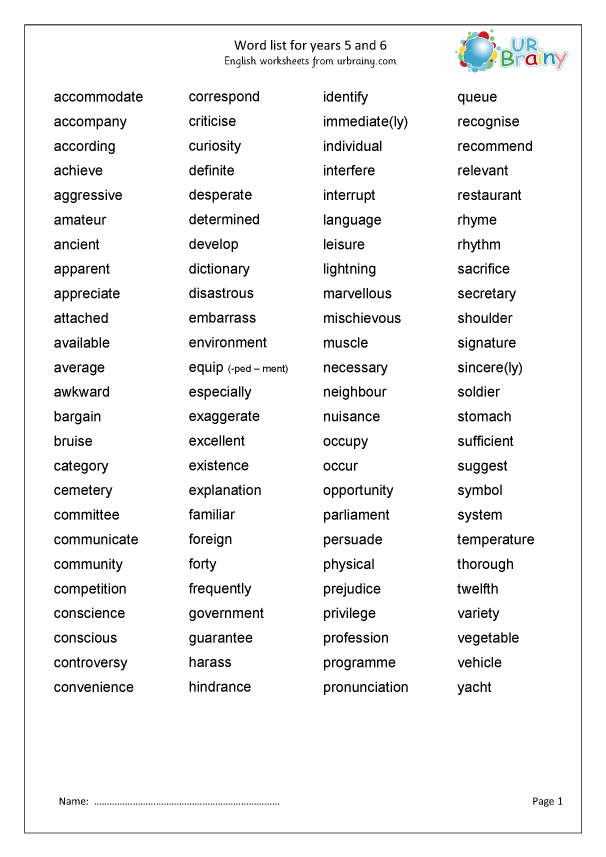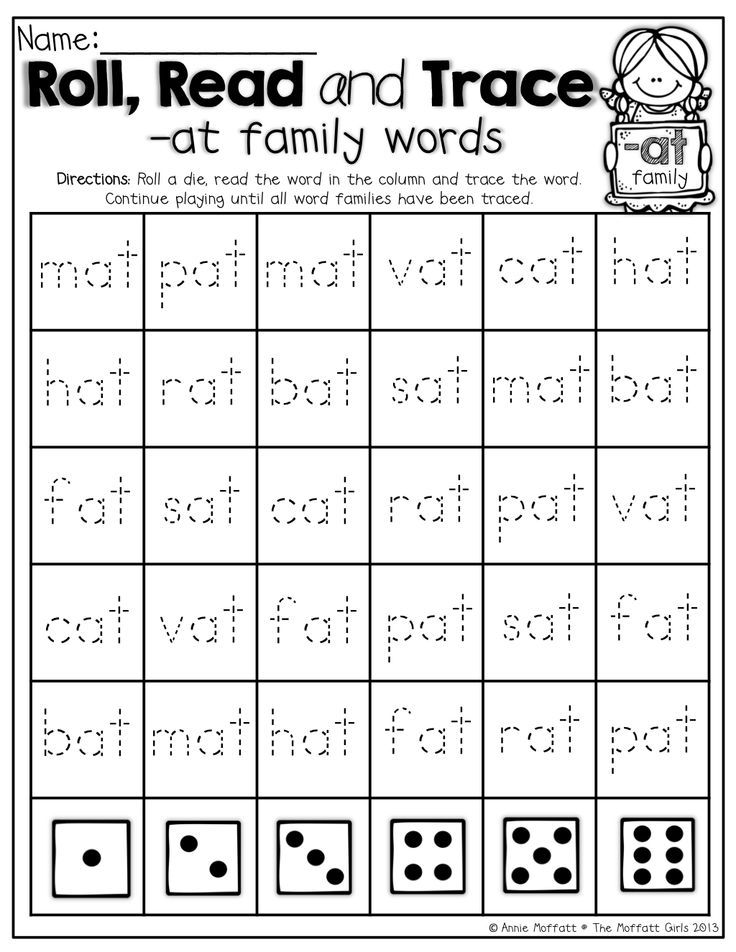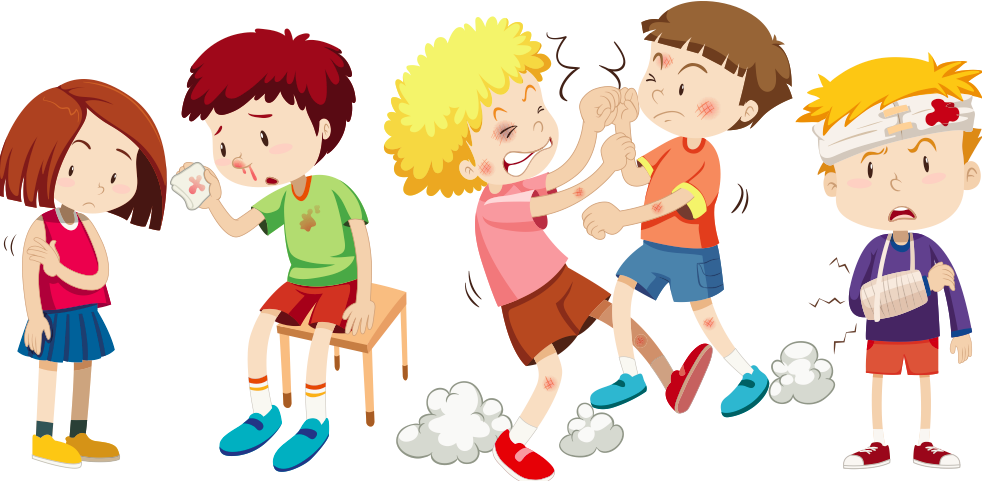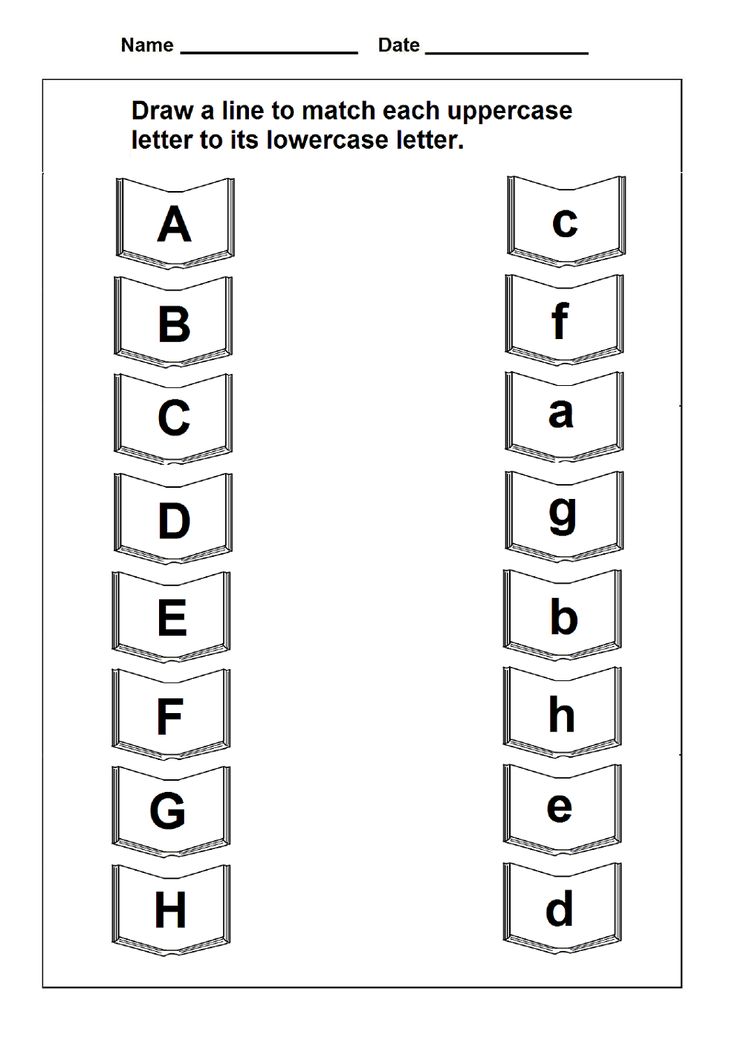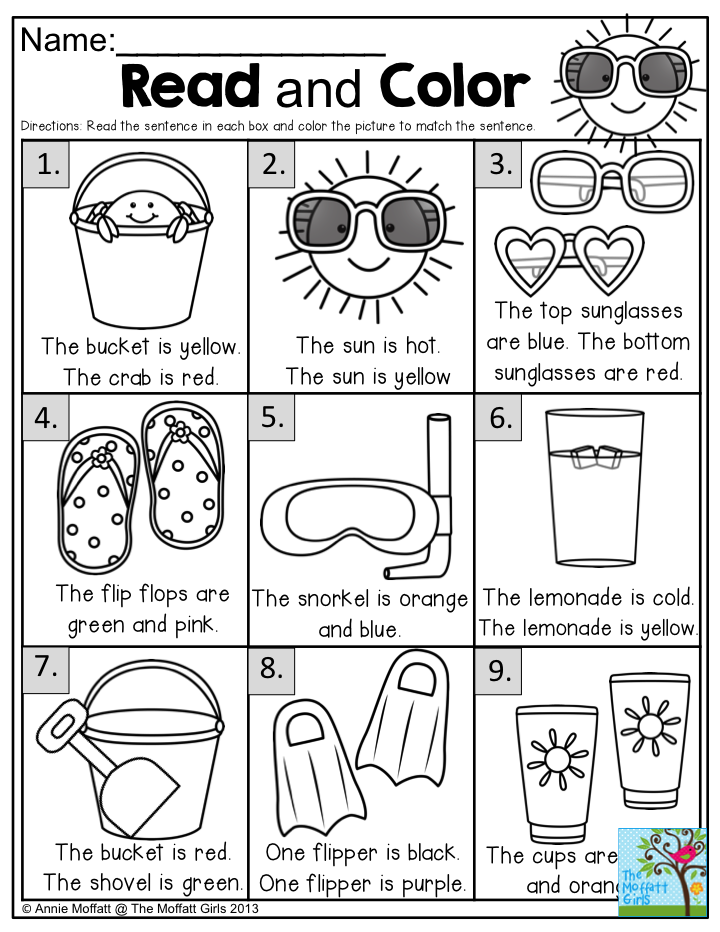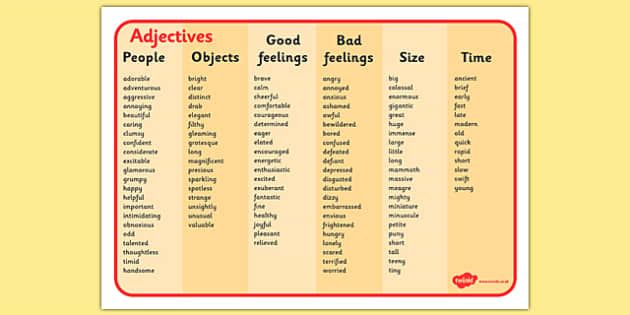How to fight kids
How to win a fight against twenty children
I'm not going to ask why you're fighting twenty children. That's your own business, although most reasons are as old as time itself:
1) They started it.
2) You flipped over the table while losing a Magic: The Gathering game, and damaged several rare cards.
3) They stole your woman.
4) You stole their woman.
5) You've had enough of their bullshit.
Whether you're a good man who was in the wrong place at the wrong time, or a dangerous maniac, we here at Cracked want to help. That's why we've consulted with the experts (who did not wish to be named) on how to maximize your odds of winning a fight against twenty children. Follow these guidelines, and your opponents will wish they were never born 6 or 7 years ago.
_________________________
Use An Appropriate Technique
Modern mixed martial arts are geared almost exclusively towards one on one combat, and are not designed to take on multiple tiny aggressors. As a grown adult, you could be fairly assured of absolutely destroying a 7 year old if you took him to the floor for a ground and pound. But by doing so you'd expose your back and head to his peers. Your best bet is to stay on your feet and use striking techniques. Karate is one good choice - it was originally designed in the 1600's for use by unarmed Japanese day care workers.
Be Aware Of The Terrain
By default, you're going to have a height advantage against twenty children, but be sure you don't cede it. Avoid fighting around picnic tables, monkey bars, or anything with which a particularly daring child could launch an aerial attack. The ideal situation is fighting children who are trapped in a ditch below you.
Stay Mobile
Unless you're extremely lucky and find yourself fighting twenty infants, you're going to be at a mobility disadvantage when fighting a large group of children. You must avoid becoming surrounded at all costs. Keep moving, and always trying to position the bulk of children on one side of you. Circle, sidestep, and use tactical retreats to try and engage a single child at a time, where your reach and decades of muscular development should prove an advantage.
Circle, sidestep, and use tactical retreats to try and engage a single child at a time, where your reach and decades of muscular development should prove an advantage.
Speed
You want this fight to be over fast. Children have boundless amounts of energy, and you'll tire quickly as the fight progresses. If you schedule your fights with twenty children in advance for some reason, I urge you to focus your pre-training regimen on cardiovascular conditioning and snorting eye-wateringly large amounts of cocaine.
Intimidation
Although I don't expect you to be intimidated by the prospect of fighting twenty children - given the self-confidence that comes with maturity - remember that intimidation is a two way street. Twenty is a big number, and if that many children lose their fear of you, watch out. Use fierce roars and displays of strength to frighten the children. When taunting, remember that children are almost comically stupid, and won't understand any of your more creative taunts.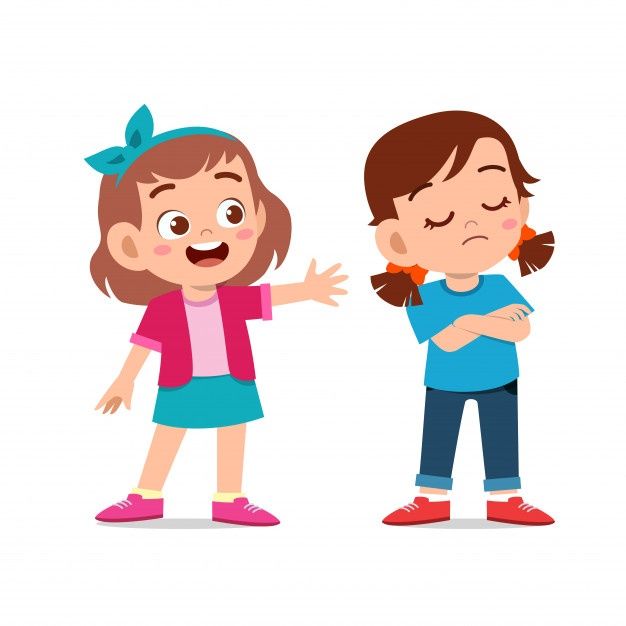 You won't intimidate anyone if you have to explain three times specifically what you did to their mother last night.
You won't intimidate anyone if you have to explain three times specifically what you did to their mother last night.
Go For The Leader First
Assuming the twenty children lack military training, they're going to behave more like a pack of animals than a cohesive group. By default, pack animals will defer to an alpha leader, and if you manage to subdue that child, the rest of the pack will quickly lose their will to fight. In some cases the leader will be actively giving orders and therefore easy to identify. Other times they'll be harder to pick out. In those cases, go for the tallest one, or the one with the most Pokemon on their clothing. Once the alpha child is lying in a heap, you've got a narrow window of intimidation open while the children regroup. I'd recommend lifting his body over your head and screaming yourself hoarse. That's the smart veteran move.
Groin Attacks
In general the crotch is a small, easily defensible target, and not typically a factor in most fights at a reasonably professional level. That said, when children are attacked by an adult, they're rarely going to respond professionally. Again, if you have forewarning that you'll soon be coming to blows with twenty children, absolutely wear a cup. If you do get struck in the groin, under no circumstances should you place your hand on your genitals to massage away the pain - touching your privates while surrounded by minors is illegal in many states, and frowned upon in the rest.
That said, when children are attacked by an adult, they're rarely going to respond professionally. Again, if you have forewarning that you'll soon be coming to blows with twenty children, absolutely wear a cup. If you do get struck in the groin, under no circumstances should you place your hand on your genitals to massage away the pain - touching your privates while surrounded by minors is illegal in many states, and frowned upon in the rest.
Weapons
I'd suggest refraining from using weapons, and not just because of the harsh mandatory minimum sentencing laws that are a sad reality in this modern age. By bringing a weapon you might prompt the children to bring weapons as well. This kind of escalation plays against you. Whereas before you could fairly safely absorb several dozen tiny little punches before being incapacitated, you're now at risk of being dropped with a single lucky strike. If a child with a pair of safety scissors gets at your Achilles tendon (the groin of the ankle) then you're cooked buddy.
Let The Last One Walk Away
In Professional Twenty-Child-Fighting Leagues this is now tradition, but even during raw, underground twenty child street-fights it serves an important purpose. By letting that child spread word of your great strength and not-to-be-fucked-withedness amongst the other children of the area, you can ensure that it will be a long time indeed before someone else mewls at you that you're hogging the swings.
________________________________________
Chris Bucholz is a Cracked columnist and your best friend. Join him on Facebook or Twitter and make him reconsider that.
Sign up for the Cracked Newsletter
Get the best of Cracked sent directly to your inbox!
About
Popular Topics
COPYRIGHT © 2005-2023 Cracked is published by Literally media Ltd.,
Username
Password
Confirm Password
I agree to the Terms of Service
Add me to the weekly newsletter
Add me to the daily newsletter
I am AWESOME
10 Strategies to Employ When Your Children Are Fighting
A friend of mine had kids who were constantly fighting.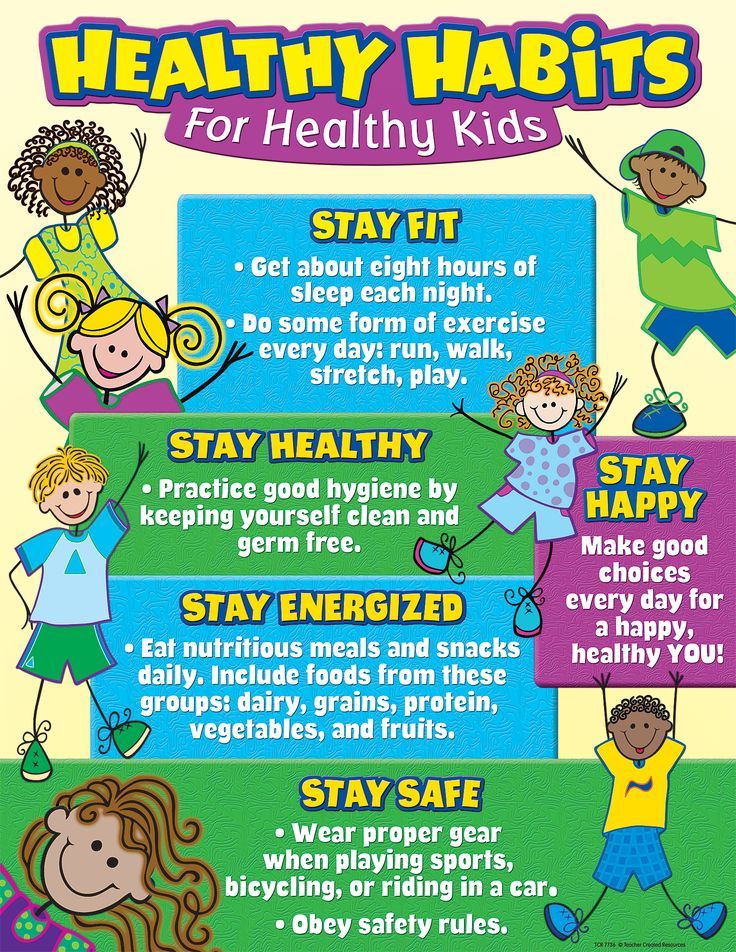 After years, he was finally fed up when his kids, who were now teenagers, were at it again. He said, “I’m so sick of all of this fighting!” Then he turned and punched the wall, and his fist went right through it. The creation of the hole was not intended, but he ended up leaving it there for an entire year to remind his kids of their constant bickering and what it does.
After years, he was finally fed up when his kids, who were now teenagers, were at it again. He said, “I’m so sick of all of this fighting!” Then he turned and punched the wall, and his fist went right through it. The creation of the hole was not intended, but he ended up leaving it there for an entire year to remind his kids of their constant bickering and what it does.
Listening to fighting kids is quite possibly the most annoying aspect of parenting. It rivals fingernails on a chalkboard. To protect your sanity and own temper, a plan is needed to deal with it. Nip it in the bud. The ideas below will get you started.
1. Let Them Work It Out
Sometimes it is best just to stay out of it. They are in the middle of learning how to deal with and settle disputes. Possibly they are fighting for your attention. Sibling rivalry is a mighty thing. You do not want to validate that behavior with your acknowledgement. If someone is being hurt or endangered, then you have to intervene. Otherwise, letting them go is a good idea.
Otherwise, letting them go is a good idea.
2. Setting the Example
Conflict is an opportunity to show your kids what reconciliation looks like.
Do you fight with your spouse in front of your children? If so, what type of example are you setting in how you work through conflict? If you have a disagreement about your kids that should be done behind closed doors. There needs to be unity on dealings with the kids. However, when you fight in front of your kids, watch your words and demeanor carefully. Be respectful with your words and your tone. Above all, your kids need to see or be told that you and your wife have reconciled. Conflict is an opportunity to show your kids what reconciliation looks like.
3. Remove the Source
If you have more than one child, you are acutely aware that they will argue over anything. Seriously, anything. The remote control being one of them. Your son wants Nick and your daughter wants Disney. The tussle begins. In these cases, simply remove the source of the fight. It sends a message. If they fight over it, it’s gone. Next time they need to figure out a way to share.
In these cases, simply remove the source of the fight. It sends a message. If they fight over it, it’s gone. Next time they need to figure out a way to share.
4. Dangle the Carrot
Rewarding good behavior helps decrease poor behavior. “If you guys behave and play quietly, I will take you for ice cream.” Carrot dangling. It can be tremendously effective.
5. Everyone is Equal Under the Law
Do not play favorites. It will make things far worse. It will also draw you into a debate about who was right and who was wrong. Unless it’s a serious matter, you don’t want to know. Your headache will get much larger. Wield your judgment with a fair and just gavel. Split them up. Send them both to their rooms. Whatever the sentence may be. Equality for all.
6. Watch your Temper
Watch yourself. Count to ten if you need to. Walk outside. Scream into a pillow. Just avoid blowing up at the little ones. For one thing, it will scare them and possibly make them fear you.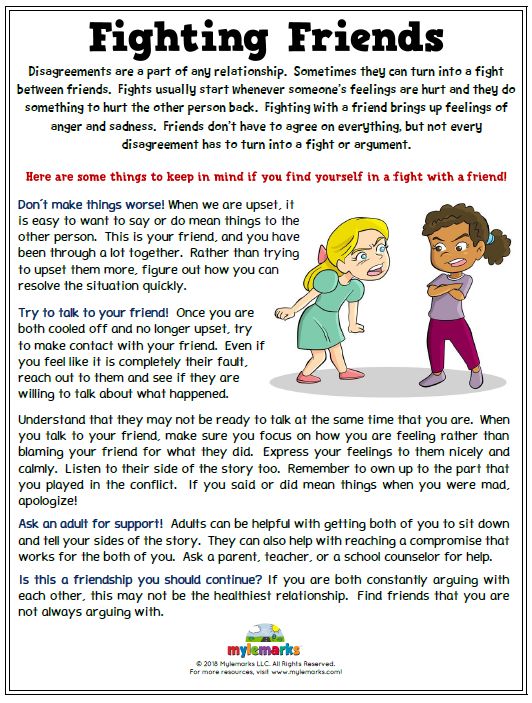 Not in a good way. Also, it could make them do it more often. You are acknowledging their bad behavior with a major reaction. Despite the fact that you are screaming at them, they still got your attention doing something negative.
Not in a good way. Also, it could make them do it more often. You are acknowledging their bad behavior with a major reaction. Despite the fact that you are screaming at them, they still got your attention doing something negative.
7. When the Dust Settles
Praise is powerful and healing. If the kids fought and then found a solution on their own, step in with plenty of adulation. Only after the dust has settled. There could be another flare up on the way. When you are positive the fire is out, then lavish praise on the maturity shown solving the dispute. The next argument might be shorter in duration before it’s negotiated.
8. Man Got Jokes
Humor lightens moods. Turns screams into laughs. Humor is wonderful, so use it. Interject with a funny story about yourself getting in trouble as a kid. Explain in hilarious detail how embarrassed you were by how you acted. Kids love it when you make fun of yourself. It works every time.
9. Setting Boundaries
Children need boundaries. They need margins. Set them in advance and remind them often what lines not to cross. Imagine that you are installing a boxing ring around them and tying on the gloves. You know they are going to fight, so make it safe and fair to the participants. When somebody breaks the rules, such as hitting, then you know it’s time to ring the bell and penalize.
They need margins. Set them in advance and remind them often what lines not to cross. Imagine that you are installing a boxing ring around them and tying on the gloves. You know they are going to fight, so make it safe and fair to the participants. When somebody breaks the rules, such as hitting, then you know it’s time to ring the bell and penalize.
10. Discipline
You tried everything and nothing worked. Time to dig into the discipline bag and deal out a healthy dose of consequences. The fabled time-out is a proven winner. You can take away favorite toys. You can stop them from watching a favorite show. Grounding is an option. Just make sure the punishment fits the crime. Then by all means, stick to it.
How to behave with children? Psychologist's advice
When disturbing, frightening events occur or a situation of uncertainty arises, parents are often worried about questions: how to behave with a child correctly, how to tell him about what is happening and whether to tell him at all what should alert the child's behavior, and what, on the contrary, is normal.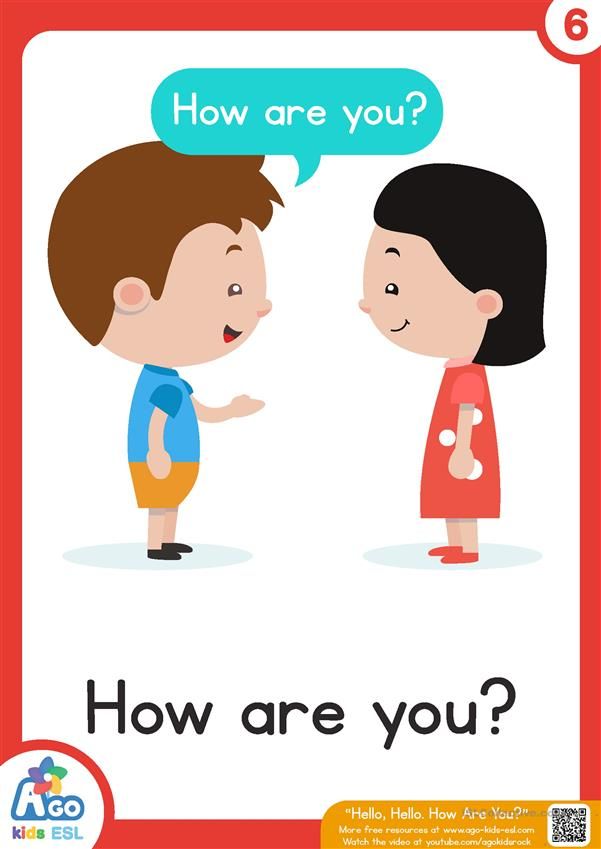
In child psychology, it is customary to distinguish several age periods. Consider the features of interaction with children of preschool (3-7 years old) and primary school (7-11 years old) ages.
A few recommendations:
The greatest influence on the child is not even the situation itself, but the reaction to it of close adults who surround him. For a preschooler, such adults will be parents and those adult family members with whom communication takes place every day; For the younger student, the teacher also plays a significant role:
- Children are very sensitive to the emotional state of close, significant adults. When an adult is upset, anxious, scared, the child also experiences these emotions. If the child does not know the reason, then helplessness is added to fear and anxiety. Therefore, when you see a child's need to talk, do not ignore it.
Example: You are upset and need some time to recover. The child feels this and insistently asks the question “What happened?”
The child feels this and insistently asks the question “What happened?”
Wrong answer: "Nothing happened, go play (draw, do your homework)"
The correct answer is: “I’m a little upset (alarmed, sad) now because ..., let’s draw a robot now (do your math homework), and then we’ll go for a walk (we’ll have dinner).”
- When talking to your child, use simple, child-friendly phrases and expressions.
- Ask about the child's point of view. This will help to understand what worries, scares or worries him, and you can provide the necessary psychological support.
- Try not to contradict the positions of the adults. Putting a child in a situation of choice, you place an unbearable burden on him.
- Children very quickly adapt to the situation, BUT! Only on condition that the behavior of adults gives them such an opportunity.
Pay attention to information hygiene:
- Pay attention to what you watch or talk about with your family, friends, acquaintances.
 Try not to see or hear what is not intended for him: emotional disputes with colorful examples, news releases with frightening details. Sometimes there is a feeling that the child does not pay attention to what is happening - this is an illusion! Based on the information obtained in this way, children often draw their own conclusions about what is happening, which are often the cause of children's fears.
Try not to see or hear what is not intended for him: emotional disputes with colorful examples, news releases with frightening details. Sometimes there is a feeling that the child does not pay attention to what is happening - this is an illusion! Based on the information obtained in this way, children often draw their own conclusions about what is happening, which are often the cause of children's fears. - At primary school age, the information field of the child expands, it includes school friends, classmates, many at this age master communication on the Internet. Show interest in this area, ask about his friends and hobbies. A trusting relationship will help you spot trouble or danger.
- Talk to children about topics that concern them, do not limit yourself to the phrases “everything will be fine”, “this is an adult topic, you won’t understand”, etc. If adults do not give an answer to a question of interest to the child, he will find the answer in another source, which may be unreliable and even dangerous.

Pay attention to the behavior and mode of life of the child:
- Adults experience difficult moments, realizing, thinking over and discussing what is happening. Children have other ways. It is easier for a preschooler to cope with what is happening by playing or drawing it. Therefore, stories that frighten a child can be found in a game or drawings. For younger students, it is important to study, master new knowledge, so often children of this age try to learn more about what excites, frightens or disturbs. Do not prohibit children from these activities and do not blame them. The best strategy is discussion and cooperation. And if the behavior of the child is alarming, consult a child psychologist for advice.
- Organize your child's life by keeping the usual routine of the day as much as possible. The usual course of life, everyday affairs, the presence of a plan for the next day, week, month allow you to overcome the feeling of helplessness and anxiety, allow you to feel confident.

Do not neglect sports, communication, hobbies yourself and do not deprive this child. If something from the previous possibilities turned out to be unavailable, try to find a replacement. These activities allow you to replenish the resources and energy spent on experiences.
Seek professional help if necessary. You may need to consult a child psychologist if:
- The child's behavior has changed dramatically, these changes are persistent - they last several weeks or longer.
- The child has lost interest in things that were previously important to him: play, study, sports.
- Significantly changed the nature of communication with others: he became withdrawn, stopped communicating with friends, refuses to go to school or kindergarten.
- Symptoms such as stuttering, nightmares and difficulty falling asleep, intense fear appeared.
You feel the need for psychological help, even if there are no signs listed above.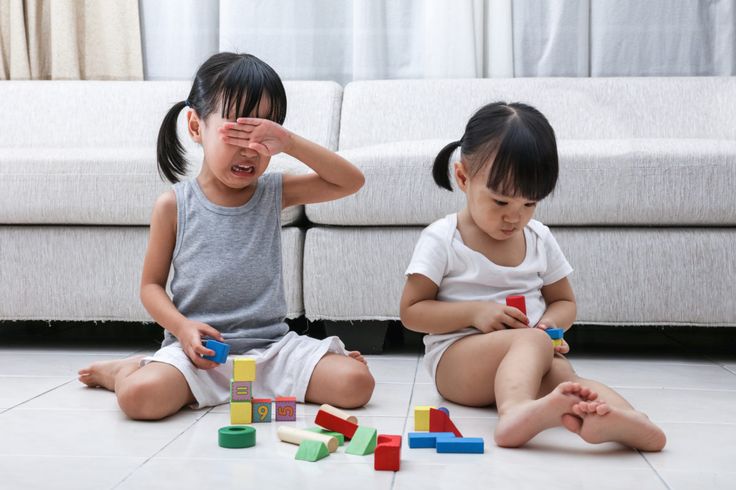
We remind you that the Ministry of Education has organized a round-the-clock hotline for psychological assistance for children and parents based on the resource center of the Moscow State University of Psychology and Education. Help for children will be provided by phone: 8-495-624-60-01, adults - by the number 8-800-600-31-14.
How to cope with children's stubbornness
home
Parents
How to raise a child?
How to deal with childish stubbornness
- Tags:
- Parent lecture hall
- 1-3 years
- 3-7 years
- 7-12 years old
- childish whims
Between the ages of two and four, a child undergoes noticeable changes in character and behavior: he develops self-esteem and pride. Adults who are unable to restructure their relationships with children to take into account these changes face serious difficulties in their upbringing. As a result, small disagreements that could be resolved peacefully escalate into conflict, because of which both sides suffer.
As a result, small disagreements that could be resolved peacefully escalate into conflict, because of which both sides suffer.
According to psychologists, one of the reasons for the manifestation of stubbornness in children during this period of life is the unwillingness of the child to do what his parents expect of him. Also, the stubborn behavior of the child serves as a defensive reaction to excessive parental care. The kid is trying to defend his right to independence, but does not know how to do it right.
Often conflicts arise when the tactics of raising children are too soft. The child gets used to getting what he wants under any circumstances, and when his parents refuse him something, he shows such qualities as childish aggression and stubbornness.
Ignoring the wishes and interests of the child by adults makes him feel infringed on his rights and offended. He begins to think that his parents do not consider his opinion, and is looking for ways to get their attention.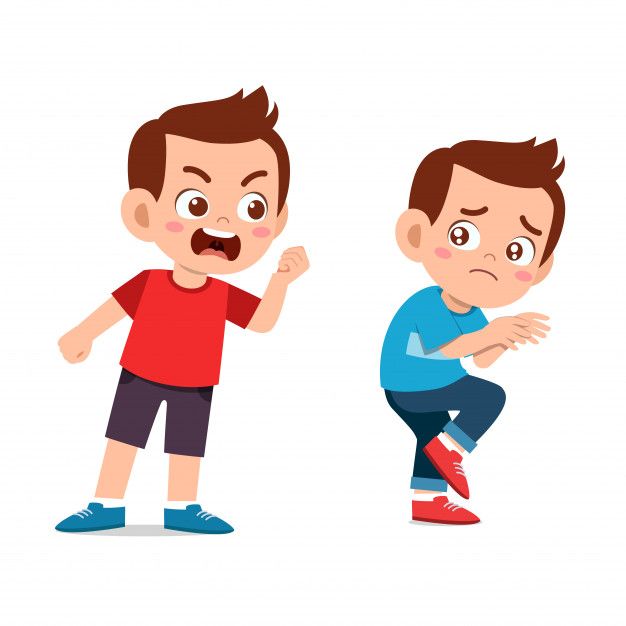 Stubbornness develops into a common form of behavior. The child is impudent, throws tantrums, reacts with hostility to the advice and comments of the parents.
Stubbornness develops into a common form of behavior. The child is impudent, throws tantrums, reacts with hostility to the advice and comments of the parents.
Sometimes a child becomes stubborn because he has no other way to express the negative emotions that he has accumulated.
How to deal with a stubborn child?
Constant prohibitions lead to the fact that the child begins to ignore the parents' remarks and does the opposite. Excessive kindness and gentleness will also not be beneficial if they are outside reasonable limits. Therefore, psychologists recommend that parents adhere to the “golden mean” rule. To do this, adults will have to seek a compromise in relations with their child, and in some situations make concessions to him.
The baby will feel that his opinion is taken into account and will trust you more. In those cases when you are forced to say a categorical “no” to the child, explain to the child the reasons for the refusal in a calm and trusting tone.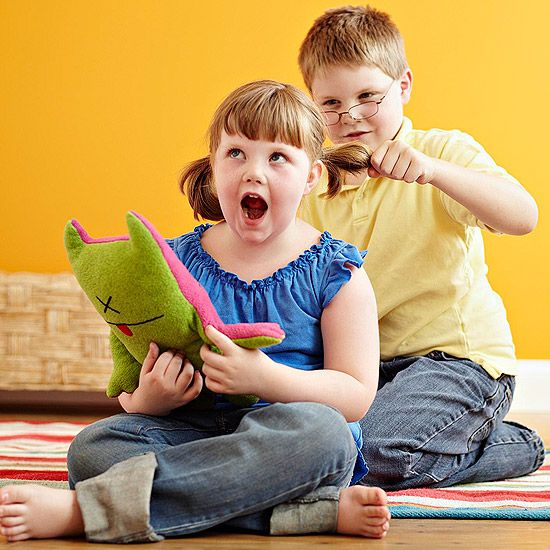
Children, due to their age, are capable of being stubborn in order to force their parents to reckon with their opinion. If you want your child to share your point of view, use the trick: before voicing your position, ask him what he himself thinks about this. It is quite possible that the baby will say out loud exactly what you want to hear from him, and you won’t have to argue with him.
It is important for every child to understand what parents allow him to do and what they prohibit. The expert of the portal "I am a parent" tells about why the rules are so important for children in the program from the series "How to raise a happy child".
If, insisting on his own, the baby went from words to cries and tantrums, try to divert his attention to something else. For example, offer to play a new game, drink tea, watch a cartoon. It is worth returning to the discussion of the issue that caused controversy later, when the baby calms down.
Why do children today become violent? Why so much aggression in a domestic child? These and other questions are discussed by the experts of the portal "I am a parent" in the program from the cycle "Parental Hour".
Teach your child to get rid of negative emotions without harming other people. Psychological exercises can help with this. For example, ask your child to draw the reason for their dissatisfaction in a drawing, and then offer to crumple the paper and throw it in the trash can. This will help him relieve stress and calm down. You can also invite your child to do physical exercises or meditate to calm relaxing music.
When chastising a child for an unworthy act, do not tell him that he is bad, harmful, or that you no longer love him. Try to focus his attention on the fact that it is not he who is bad, but his behavior. Tell your child more often about your feelings and feelings towards him, do not forget to praise and encourage even for small successes.
Try to avoid situations that provoke children to be stubborn. When addressing a child, formulate your requests in the form of a question, not a statement. Moreover, in such a way that it was impossible to answer them with the words “no” or “I don’t want to.” So, instead of the usual phrase “Will you eat?” you can ask "Will you eat now or later?".
Remember, by using statements instead of questions, you deprive the child of the freedom of choice. This practice can lead to negative consequences in the form of the formation of self-doubt and low self-esteem in the baby. If you talk to him like an adult and offer to do something together, the child is usually more willing to comply with the request of the parents than when it is voiced by order. Psychologists recommend: when communicating with your child, do not use categorical phrases like “You will go to visit your grandmother!”, Replace them with neutral formulations, for example, “And now we will go to visit your grandmother.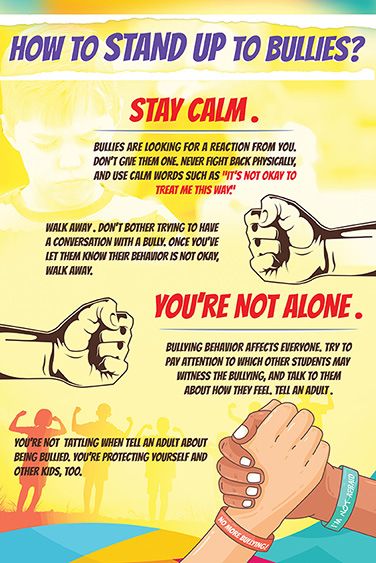 ”
”
Anastasia Sitnikova, clinical psychologist at the Psyten Psychological Center, tells how to reduce the level of anxiety in a preschooler and teach him to manage his emotions.
5 Tips for Parents to Prevent Stubbornness in Children
- Give children reasonable freedom of action so that they can experience different situations on their own.
- Do not use physical force in relation to the child: slaps on the pope, cuffs and other corporal punishment negatively affect the child's psyche.
- If the baby does not do anything dangerous and forbidden, parents should not reprimand him. Excessive severity, restriction of activity, numerous prohibitions and physical punishments of the child provoke him to stubborn behavior even in those cases when he knows that he is wrong.
- When trying to get your child to behave well, remember that encouragement is preferable to punishing.
